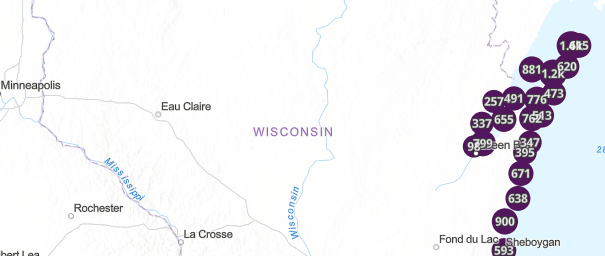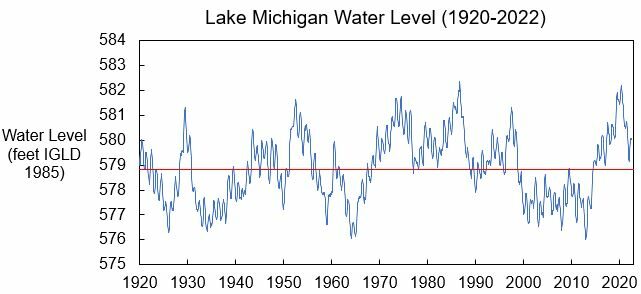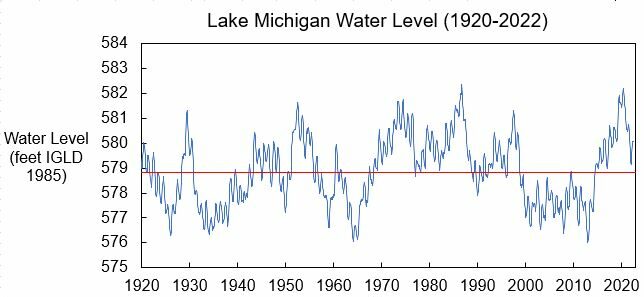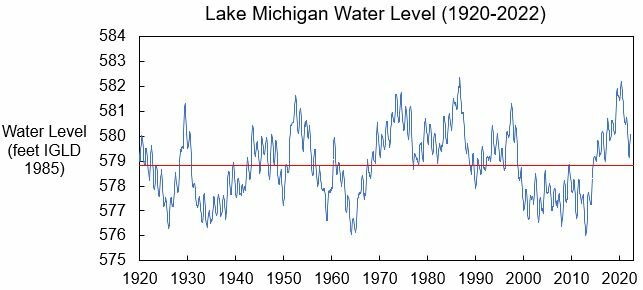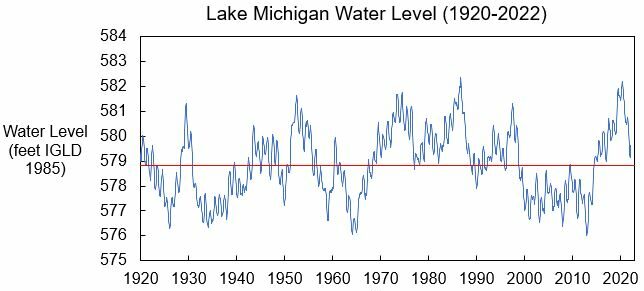Updated: Wisconsin Shoreline Inventory & Oblique Photo Viewer
A web-based, interactive map of Wisconsin coastal data that enables users to visualize the temporal changes to Wisconsin’s shorelines. Wisconsin Shoreline Inventory & Oblique Photo Viewer Featuring NEW photos from 2022 Overview The Wisconsin Shoreline Inventory and Oblique Photo Viewer is a web-based, interactive map of Wisconsin coastal data that enables users to…
Read more
